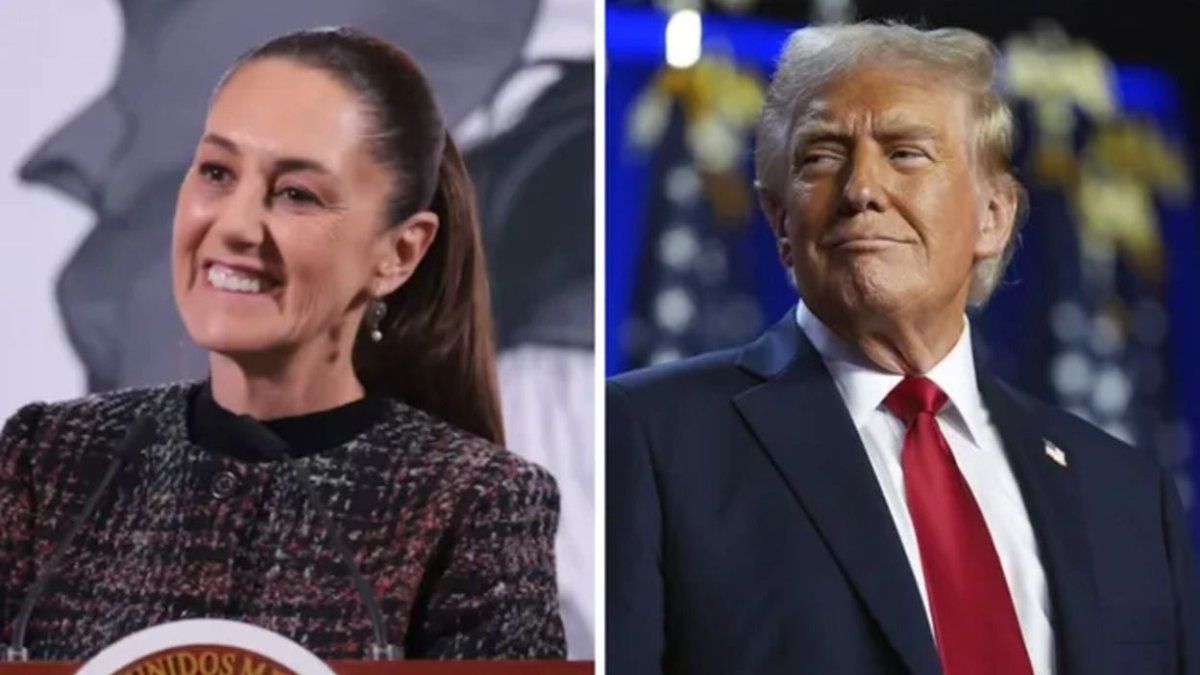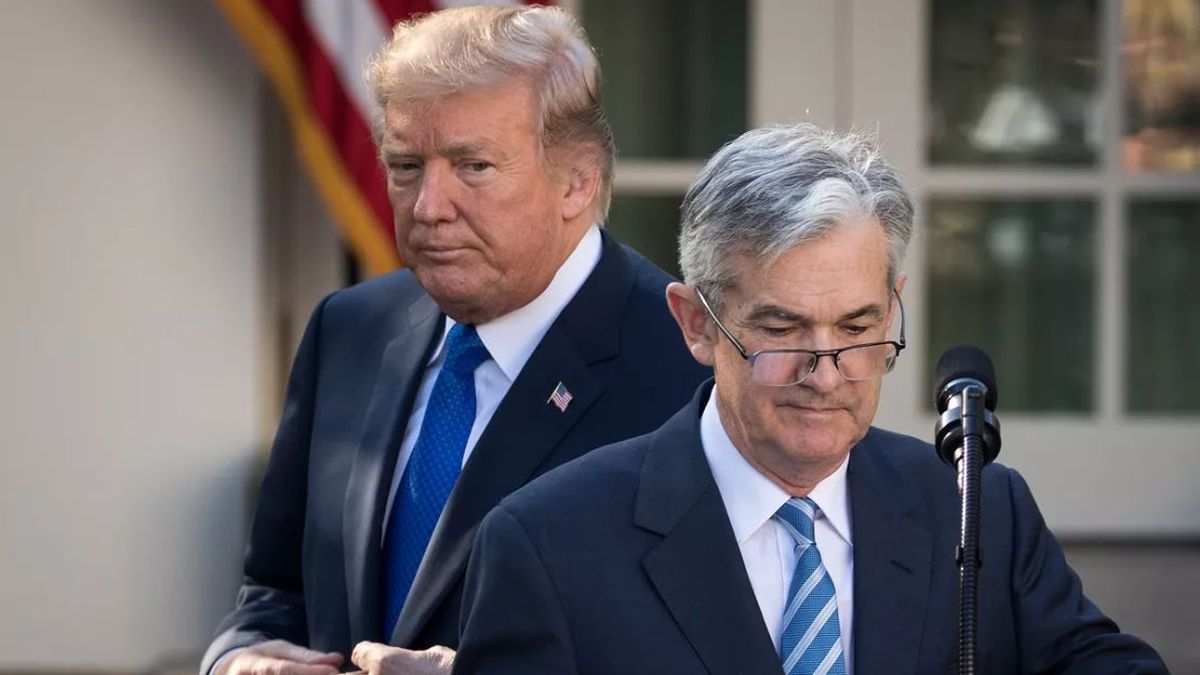Talks broke down last week between major studios and SAG-AFTRA, with the studios saying the gap between the two sides is “too wide” to continue productive negotiations.
Until they can close the gap, SAG-AFTRA will continue on strike and the entertainment industry in the northern country will remain closed.
So how big is that gap? About 480 million dollars a year.
That’s the difference between what SAG-AFTRA wants in a new streaming residual formula ($500 million) and what the Alliance of Motion Picture and Television Producers is currently willing to pay: $20 million.
The problem of artificial intelligence
The two sides are also at odds on other issues, including artificial intelligence and minimum fare increases. But it was the huge gap in transmission residuals that caused the talks to break down.
Union leaders said they expected to continue negotiating and were caught off guard when the AMPTP walked away from the table. But according to AMPTP, the union issued an ultimatum, demanding that the studios accept its “unsustainable” proposal for a subscriber tax or else the strike would continue.
Streaming waste has been central to strikes by both writers and actors.
The WGA won a bonus for the most viewed made-for-streaming shows. The WGA was able to establish the principle that successful streaming shows should pay more. But to achieve this, he was willing to settle for a relatively small amount of money: around $5 million a year at first, according to sources. (The WGA did not respond to a request for comment.)
SAG-AFTRA is aiming significantly higher. The union has proposed that each streaming platform pay 57 cents per subscriber per year. Duncan Crabtree-Ireland, the union’s chief negotiator, has said the sum is equivalent to less than one postage stamp per subscriber (a first-class stamp now costs 66 cents) or $500 million annually across all platforms.
That money would go into a jointly managed fund. The fund’s trustees would distribute it to actors whose projects appear on the platforms. According to the union, the funds would presumably be allocated based on the audience of each of the programs.
Source: Ambito
I am an author and journalist who has worked in the entertainment industry for over a decade. I currently work as a news editor at a major news website, and my focus is on covering the latest trends in entertainment. I also write occasional pieces for other outlets, and have authored two books about the entertainment industry.




